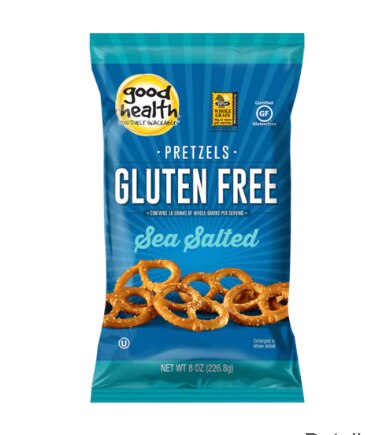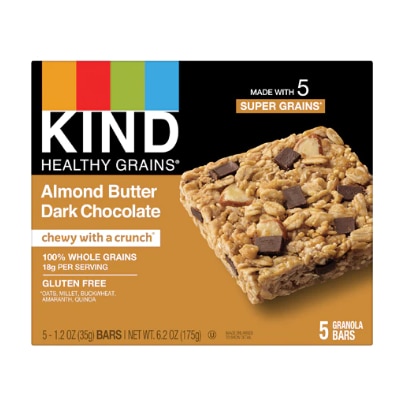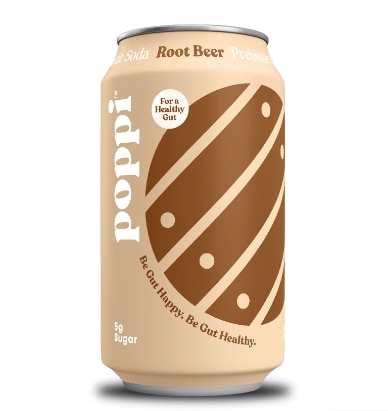The word “healthy” gets tossed around like a beanbag. As such, many consumers remain confused about what constitutes a so-called healthy food and what does not.
The U.S. Food and Drug Administration (USDA), which regulates food labeling, wants to give further clarity to the definition of “healthy.”
“Foods must meet specific nutrient-related criteria to use the nutrient content claim ‘healthy.’ The FDA has begun a public process to update the ‘healthy’ claim for food labeling to be consistent with current nutrition science and federal dietary guidance,” the agency announced in September 2022.
The proposed new definition of ‘healthy’
A proposed FDA rule would update the “healthy” claim for nutrient content. The current definition, set in 1994, imposes limits for total fat, saturated fat, cholesterol and sodium. To qualify for the voluntary “healthy” designation, a food also must supply at least 10% of the daily value for at least one of these nutrients: vitamin A, vitamin C, calcium, iron, protein and fiber.
The FDA says its proposal would ensure “nutrient-dense foods that help consumers to build a diet consistent with current dietary recommendations can qualify to bear the claim.” Today, about 5% of packaged foods carry the “healthy” label, according to the FDA.
Public comments on the proposal are due February 16, 2023. It could be many months after that deadline before the FDA approves an updated rule.
“Nutrition is key to improving our nation’s health,” Xavier Becerra, secretary of the U.S Department of Health and Human Services, says in a statement. “Healthy food can lower our risk for chronic disease. But too many people may not know what constitutes healthy food. FDA’s move will help educate more Americans to improve health outcomes, tackle health disparities and save lives.”
Which foods will qualify as ‘healthy’?
Under the proposed new definition, a food product would need to contain a certain amount of food from at least one of the food groups or subgroups (such as fruit, vegetables, grains, dairy and proteins) recommended in the 2020-2025 Dietary Guidelines for Americans. Meanwhile, specific limits for added sugars, saturated fat and sodium would be based on a percentage of the daily value for these nutrients.
For example, a breakfast cereal would need to contain three-fourths of an ounce of whole grains and contain no more than 1 gram of saturated fat, 230 milligrams of sodium and 2.5 grams of added sugars.
Raw whole fruits and vegetables would automatically qualify for the updated definition “because of their nutrient profile and positive contribution to an overall healthy diet,” the FDA says.
Products that could qualify for the new “healthy” claim but don’t qualify for the existing one include water, avocados, nuts, seeds, higher-fat fish (such as salmon) and certain oils. Products that currently qualify for the “healthy” claim but would not meet the proposed definition include white bread, sugar-heavy yogurt and sugar-heavy cereal.
In a related move, the FDA is looking into creation of a symbol that manufacturers could voluntarily use to label products as “healthy.”
“Symbols may be particularly helpful for those with lower nutrition knowledge to identify foods that can be the foundation of a healthy eating pattern,” the agency says.
More on why the definition of ‘healthy’ needs updating
The FDA notes that more than 80% of Americans aren’t eating enough fruit, vegetables and dairy, and that most people consume too much added sugar, saturated fat and sodium.
“The proposed rule is part of the agency’s ongoing commitment to helping consumers improve nutrition and dietary patterns to help reduce the burden of chronic disease and advance health equity,” the agency says.
Some experts applaud the proposed new rule.
“The old rule was really outdated — you could create any kind of Frankenstein food that met the nutrient criteria and label it as healthy,” Dr. Dariush Mozaffarian, a cardiologist and professor of nutrition at the Tufts Friedman School of Nutrition Science and Policy in Boston, told The New York Times. “This is a major advance.”
Drawbacks to the proposed change
However, some representatives of the food industry aren’t entirely pleased with the proposed FDA rule.
For instance, Joseph Scimeca, senior vice president of regulatory affairs at the International Dairy Foods Association, says that although the proposal “takes some positive steps” toward encouraging more consumption of dairy products, it limits how labels for dairy products could communicate “the full nutritional benefits” of dairy to consumers.
The association takes issue with the proposed percentage of daily value (10%) assigned to saturated fat. It wants the FDA to rework this part of the rule “to recognize the benefits of dairy at each fat level,” Southwest FarmPress reported.
“Ignoring the benefits of milk fat will be a lost opportunity to embrace newer science and will contribute to ongoing confusion about the healthfulness of all dairy products,” the trade publication said of the dairy association’s stance.
In addition, the dairy group disagrees with the FDA’s idea of healthy levels of added sugar. The proposed rule establishes 5% of daily value as the limit for added sugar, translating into 2.5 grams of added sugar per serving. The association believes flavored milk should contain less than 13 grams of added sugar per 8-ounce serving, and flavored yogurt should contain less than 23 grams of total sugar per 6-ounce serving.




